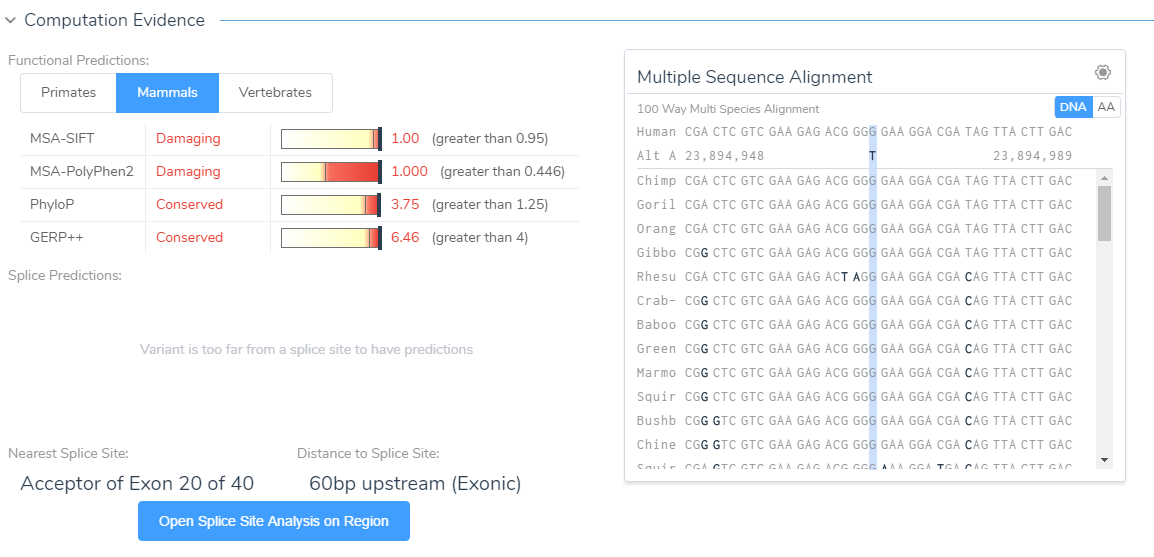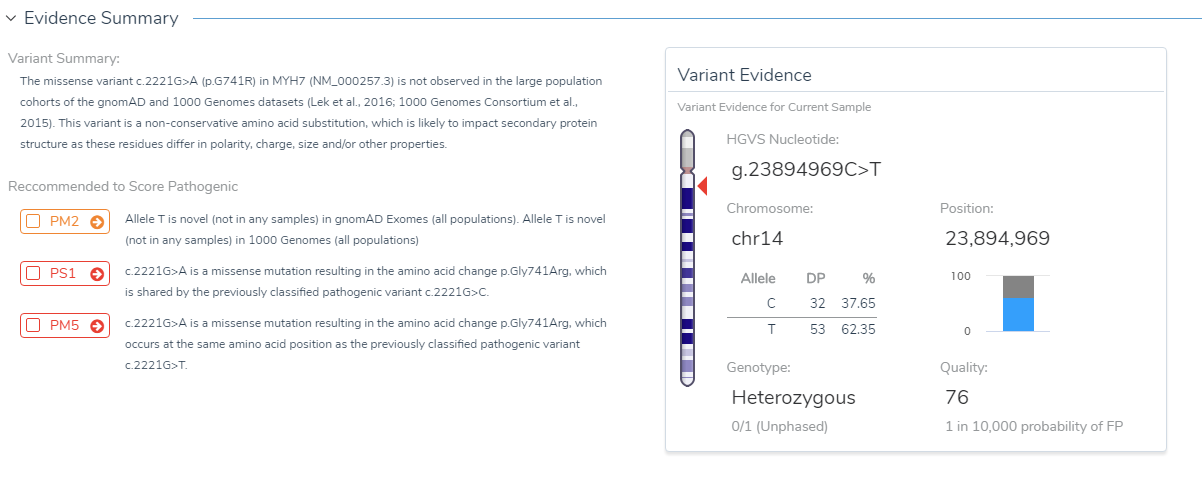We just came back from ACMG in North Carolina where we launched our new product VSClinical. The reception has been terrific and our booth has never been as frequented. We had record level visitors and demo presentations. So, what is all that buzz about this new product? Why do people care so much and how does it help a clinical lab? We had extensive dialogues with our customers over the last few years leading up to this product launch. The key value of VSClinical is in the following areas:
- Delivering consistent high quality interpretations: The clinical variant interpretation is a complex tasks. It requires that the person conducting the analysis is well trained and has strong domain knowledge. It requires a high level of attention to detail throughout the day. The quality of the analysis has to be at a premium regardless of when the work is being conducted: Be it at 8 AM in the morning, at 1.30 PM in the afternoon right after lunch or when we work long hours after 6 PM in the evening. VSClinical guides the users through the ACMG guidelines which in essence represent a rather complex decision tree. It presents the evidence so that the user can make an informed decision.

VSClinical can make recommendations based on computational evidence. In this case, this MYH7 variant is showing to be consistently conserved and predicted damaging by in-silico functional prediction algorithms, allowing VSClinical to recommend scoring PP3 (computation evidence shows deleterious effect).
- Providing a framework for less experienced clinicians: Now, as a lab ramps up the number of samples, it is inevitable to bring additional analysts up to speed conducting analytics. VSClinical can be tremendously helpful in this process. It provides the framework for less experienced analysts to confidently conduct work in this space. For many questions, our product provides strong guidance in how to answer certain questions. If in doubt, the trainee can engage with more senior staff members in the lab. Overall, VSClinical has the potential to significantly reduce the ramp-up time it takes to bring a new lab person up to speed.

VSClinical brings together many algorithms and genomic annotation sources into high level summary of a variant and the recommendations for criteria that have supporting evidence.
- Staying abreast of new developments: We spend a lot of time in the community. We go to conferences, engage with our clients and also retain outside experts as consultants in our product development. Based on that feedback, we regularly update the software to ensure that it reflects the state-of-the-art aspects in variant analysis and interpretation. This is very reassuring for our customers as they are very often focusing on their day to day obligation dealing with the workload that is ever increasing in particular in the NGS space.
We will spend the next few months educating our customer base on this new capability. First, we will continue this blog series. There will be follow-up blogs that describes specific aspects of VSClinical such as Splice Site Prediction or our Auto-Score capability in further detail. Second, we will launch a series of webinars that explain the product in more detail by conducting live demos on some of its core capabilities. Third, I am working on a new eBook that I plan to launch in the second half of 2018 on this very subject. So, please stay tuned.
To read the next part of this series, visit Part III.